

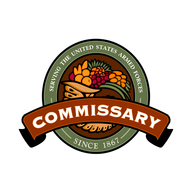

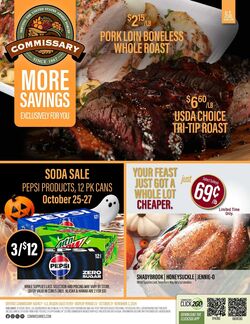


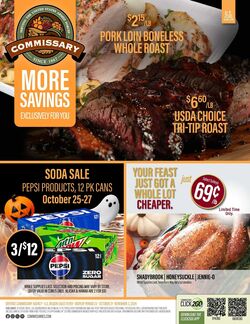
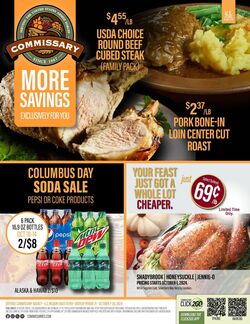
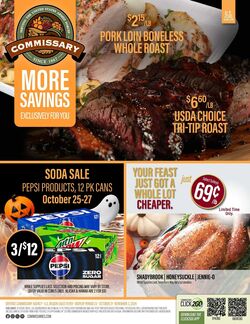
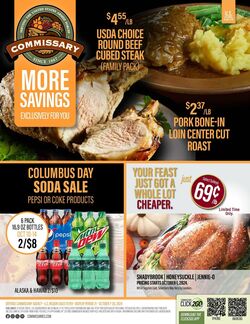

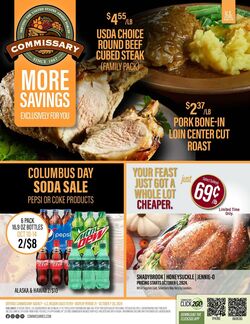


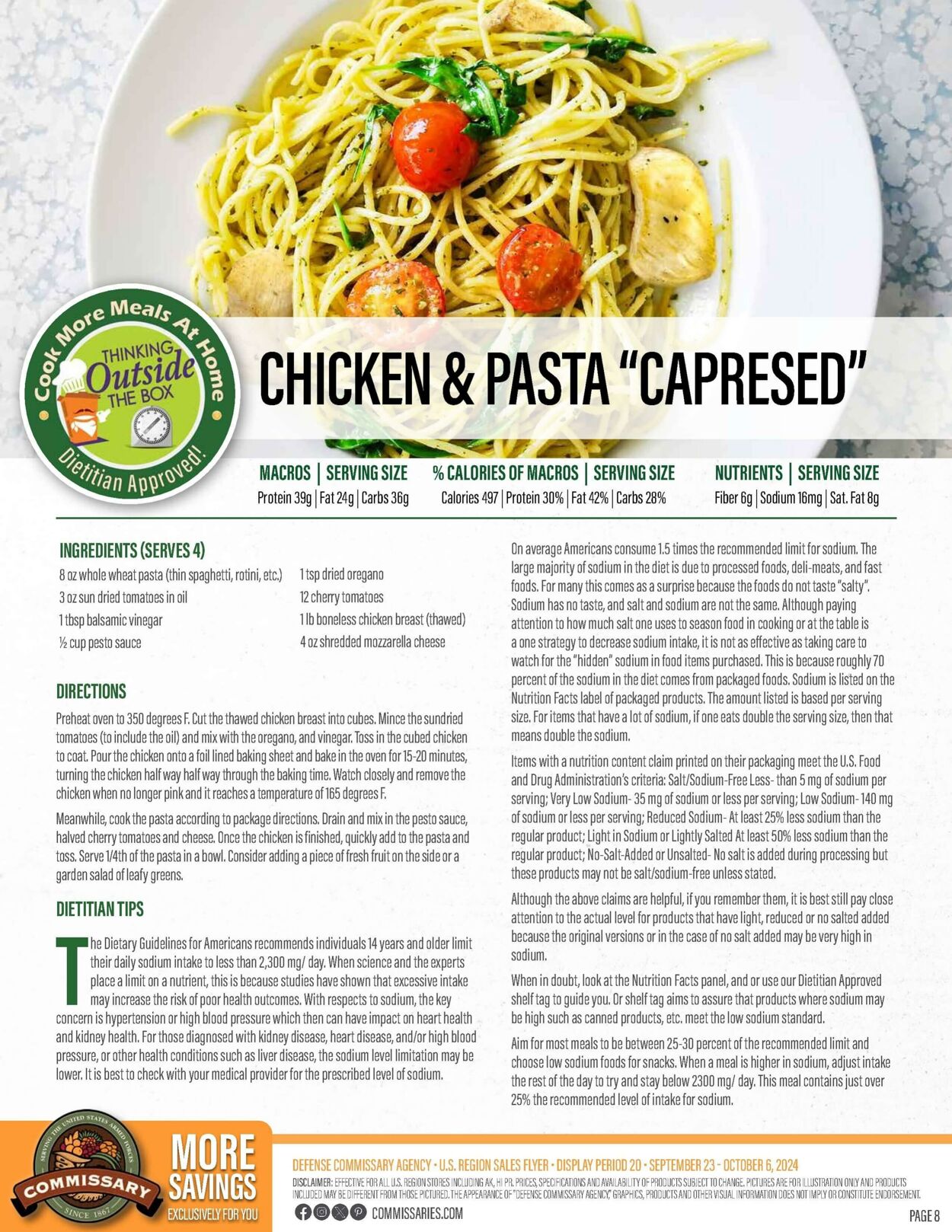
Products in this weekly ad
MACROS | SERVING SIZE Protein 39 | Fat 24g | Carbs 36g INGREDIENTS (SERVES 4) 8 azwhole wheat pasta (thin spaghetti, ratini, etc.) — 1tsp dried oregano 3ozsun dried tomatoes in oil Tacherry tomatoes 1 thsp balsamic vinegar Ib boneless chicken breast (thawed) Ye cup pesto sauce 4ozshredded mozzarella cheese DIRECTIONS Preheat ven to 350 degrees F. Cut the thawed chicken breast into cubes, Mince the sundried tomatoes (to include the oil) and mix with the oregano, and vinegar, Tass in the cubed chicken to coat. Pour the chicken onto a foil lined baking sheet and bakein the oven for 15-20 minutes, turning the chicken half way half way through the baking time, Watch closely and remove the chicken when no longer pink and it reaches a temperature of 165 degrees F. Meanwhile, cook the pasta according to package directions. Drain and mix in the pesto sauce, halved cherry tomatoes and cheese, Once the chicken is finished, quickly add to the pasta and toss. Serve V/4th of the pasta in a bowl, Consider adding a piece of fresh fruit on the side ora garden salad of leafy greens. DIETITIAN TIPS he Dietary Guidelines for Americans recommends individuals 14 years and alder limit their daily sodium intake to less than 2,300 mg/ day. When science and the experts place a limit on a nutrient, this is because studies have shown that excessive intake may increase the risk of poor health outcomes, With respects to sodium, the key concern is hypertension or high blood pressure which then can have impact on heart health and kidney health, For those diagnosed with kidney disease, heart disease, and/or high blood pressure, or ather health conditions such as liver disease, the sodium level limitation may be lower, Itis best to check with your medical provider for the prescribed level of sodium. Fey) ii: DSCLAMER ALLS. IM THOSE ACT COMMISSARIES.COM Nc commissary) SAVINGS ven EXCLUSIVELY FOR YOU % CALORIES OF MACROS | SERVING SIZE Calories 497 | Protein 30% | Fat 42% | Carbs 28% 4B NUTRIENTS | SERVING SIZE Fiber 6g | Sodium 16mg | Sat. Fat 8g On average Americans consume 1.5 times the recommended limit for sodium, The large majority of sadium in the dietis due to processed foods, deli-meats, and fast foods, For many this comes as a surprise because the foods do not taste ‘salty’, Sodium has no taste, and salt and sodium are not the same, Although paying attention to how much salt ane uses to season food in cooking or at the table is, a one strategy to decrease sodium intake, itis not as effective as taking care to watch for the “hidden” sodium in food items purchased, This is because roughly 70 percent of the sodium in the diet comes from packaged foods, Sodium is listed an the Nutrition Facts label of packaged products. The amount listed is based per serving size, For items that have a lot of sodium, if one eats double the serving size, then that means double the sadium, Items with a nutrition content claim printed on their packaging meet the U.S, Food and Drug Administration's criteria: Salt/Sodium-Free Less- than 5 mg of sodium per serving; Very Low Sodium- 35 mg of sodium or less per serving; Low Sodium- 140 mg of sodium or less per serving; Reduced Sodium- At least 25% less sodium than the regular product; Light in Sodium or Lightly Salted At least 50% less sodium than the regular product; No-Salt-Added or Unsalted- No salt is added during processing but these products may not be salt/sodium-free unless stated, Although the above claims are helpful, if you remember them, itis best still pay close attention to the actual level for products that have light, reduced or no salted added because the original versions or in the case of no salt added may be very high in sodium. When in doubt, look at the Nutrition Facts panel, and or use our Dietitian Approved shelf tag to guide you. Or shelf tag aims to assure that products where sodium may be high such as canned products, etc. meet the law sodium standard. Aim for most meals to be between 25-30 percent of the recommended limit and choose low sodium foods for snacks. When a meal is higher in sodium, adjust intake the rest of the day to try and stay below 2300 mg/ day. This meal contains just over 25% the recommended level of intake for sodium, DEFENSE COMMISSARY AGENCY - U.S. REGION SALES FLYER - DISPLAY PERIOD 20 - SEPTEMBER 23 at 2024 DIICATIONS AND AVAILABILITY OF IMMUSSARY ABENCY GRAPHICS PRODUCTS NT NPY OR CONSTUTEADDRSNL PAGES
| Name | Details |
|---|